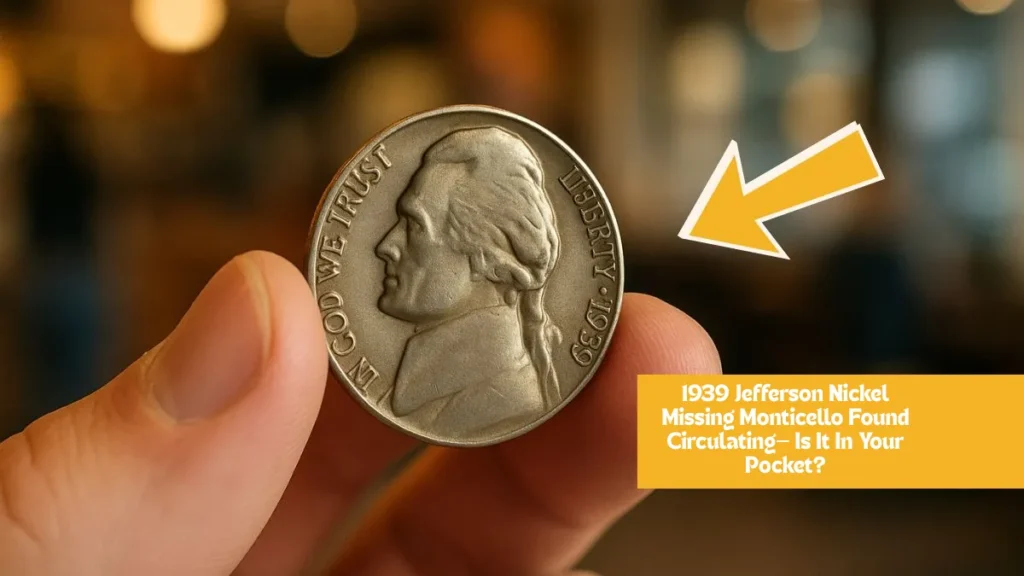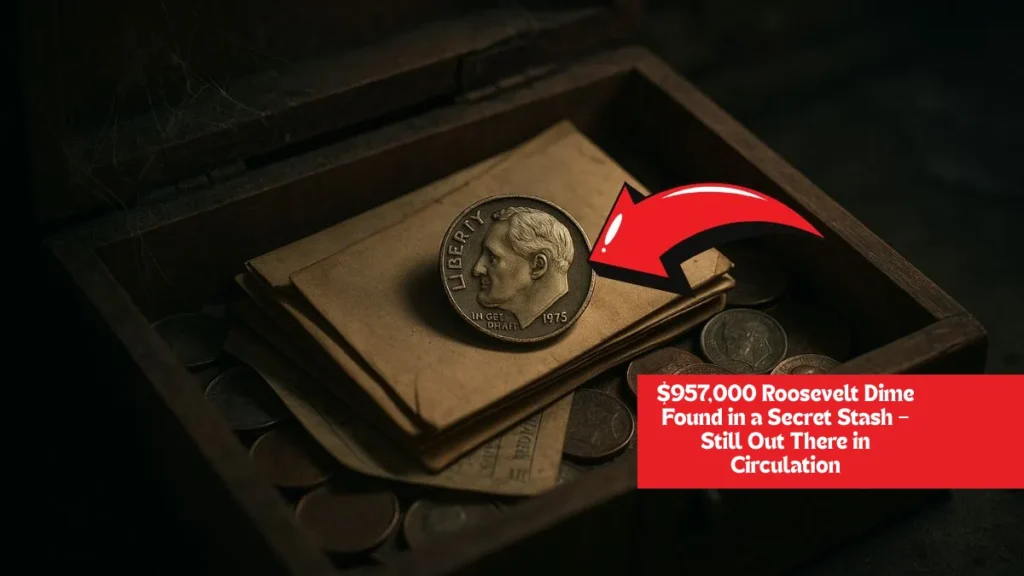When it comes to valuable coins, most people think of ancient silver dollars or rare gold pieces. But surprisingly, one of the most valuable coins in American history is a humble 25-cent piece: the Bicentennial Quarter. While most of these coins are still worth just face value, one rare Bicentennial Quarter has reportedly sold for over $260,000 — and here’s why it’s capturing the attention of collectors across the nation.
A Quick Background on the Bicentennial Quarter
In 1976, to celebrate America’s 200th birthday, the U.S. Mint released special commemorative coins, including the Bicentennial Quarter. Unlike regular quarters that feature George Washington on the obverse and an eagle on the reverse, the Bicentennial Quarter has a unique reverse design showing a Colonial drummer and a victory torch encircled by 13 stars. The coin was also struck with dual dating: 1776–1976, making it instantly recognizable.
These quarters were minted in massive quantities, with over 1.6 billion struck across the Philadelphia, Denver, and San Francisco mints. So, what could possibly make one of them worth a small fortune?
What Makes This Bicentennial Quarter Worth Over $260K?
The answer lies in a rare combination of errors, materials, and condition. Here’s a breakdown of what contributes to this coin’s incredible value:
1. Rare Mint Errors
Some of the most valuable Bicentennial Quarters feature striking mistakes made at the mint. These include:
- Double die obverse: where the image is duplicated due to a die error.
- Off-center strikes: when the design is not properly centered on the coin.
- Clipped planchets: where a portion of the coin is missing due to a miscut blank.
These minting anomalies are extremely rare and highly coveted by collectors.
2. Wrong Metal Composition
The standard Bicentennial Quarters were made of copper-nickel clad, but a few were mistakenly struck on silver planchets intended for proof or special mint sets. A Bicentennial Quarter struck on a silver or foreign planchet can fetch tens of thousands — or, in one verified case, over $260,000 at auction.
3. Exceptional Condition (MS-67 or Higher)
Most coins in circulation show signs of wear, but some Bicentennial Quarters remain in pristine, uncirculated condition. Coins graded MS-67, MS-68, or higher by professional grading services like PCGS or NGC are rare and command a premium. When combined with a rare error, this can skyrocket the coin’s value into six-figure territory.
4. Proof and Special Mint Sets
Some quarters were struck with a special mirror-like proof finish and sold in collector sets. A proof Bicentennial Quarter struck in silver, with a rare error or ultra-high grade, can easily fetch thousands. A unique combination of all these traits? That’s where the $260K+ value comes into play.
How to Tell If You Have a Valuable Bicentennial Quarter
Think you might have a rare one? Here are key things to look for:
- Check for the “S” mint mark: Quarters with an “S” were minted in San Francisco and may be silver proofs.
- Weigh the coin: A copper-nickel quarter weighs about 5.67 grams; silver ones weigh closer to 6.25 grams.
- Inspect for doubling: Use a magnifying glass to check for double lettering or design features.
- Look for errors: Off-center strikes, die cracks, or clipped edges increase value.
- Condition matters: The less wear, the more valuable your coin might be.
Final Thoughts
The Bicentennial Quarter is a perfect example of how a common coin can become a collector’s dream under the right circumstances. While most are worth just 25 cents, a few rare and exceptional versions have turned into six-figure treasures. So, the next time you’re sorting through your pocket change or old coin jars, keep your eyes open — that unassuming quarter might just be worth $260,000 or more.


